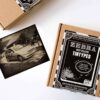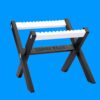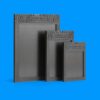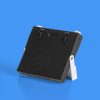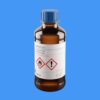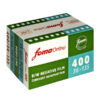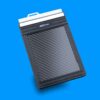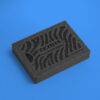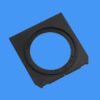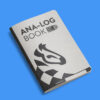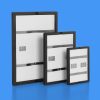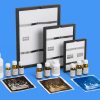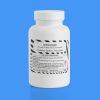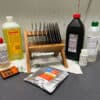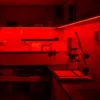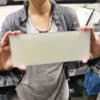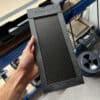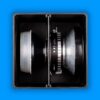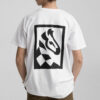Restoring Vintage Kodak Brownie No. 3A

As a landscape & nature lover I was looking for an appropriate old analog camera that would be able to make panoramic shots and ideally accept glass dry plates with some modifications. After quite a bit of searching and reading I realised I should start looking into old Kodak cameras. Also in terms of my tight budget it seemed the best choice. So I started checking different online resale stores, mostly ebay. Let me say that it is much harder to find second hand analog equipment here in Europe, especially ones produced in the USA. After a few months of searching I found a guy from Greece selling old Kodak camera model Brownie No. 3A. He was selling it for a fair price of 30eur and it was looking quite even though it is more than 100 years old. I contacted him to send me a bit more photos and asked him If he tested the camera at all. He was very friendly and replied that as far as he knows everything is working (well moving at least :D). I didn’t hesitate and bought the camera. After about a week or so it arrived by mail…

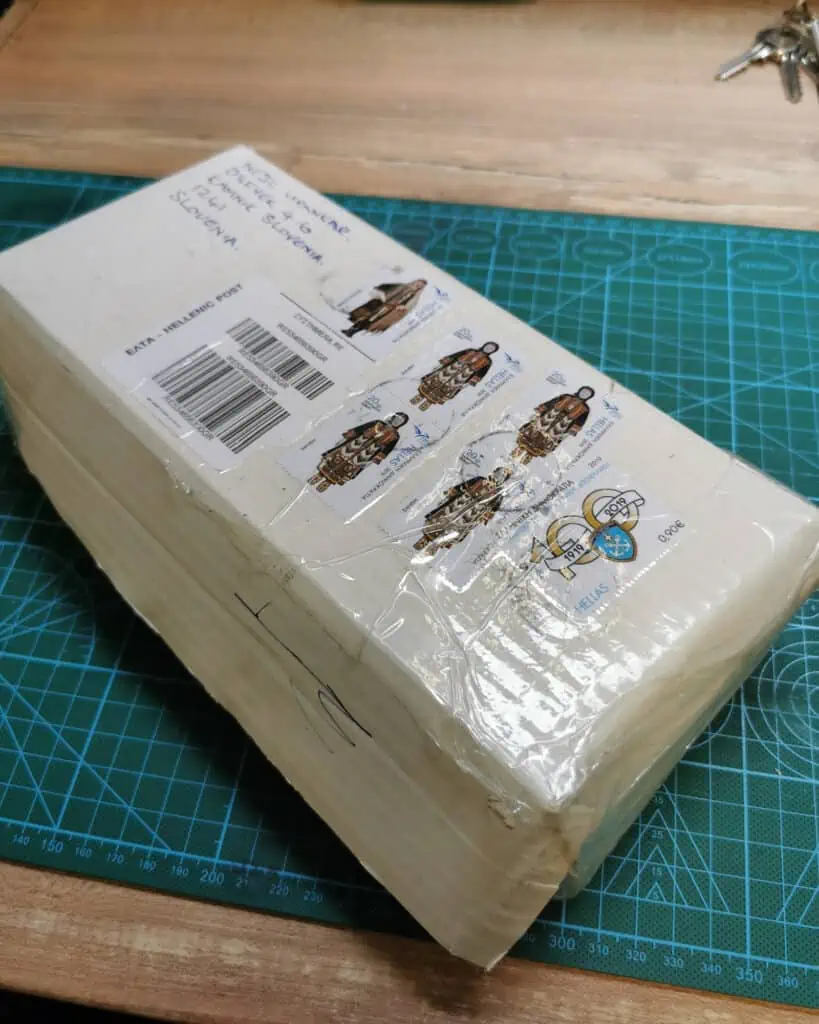
Before I continue I would like to give you a bit more information about the camera.
It was introduced in 1905 and more than 108.000 were produced until 1915. It can fold down completely making it very portable. It has a Kodar 156mm f 7-9 lens and accepts 120mm film. Maximum size of the image it produces is 8,3x14cm (3,3×5,5inches).
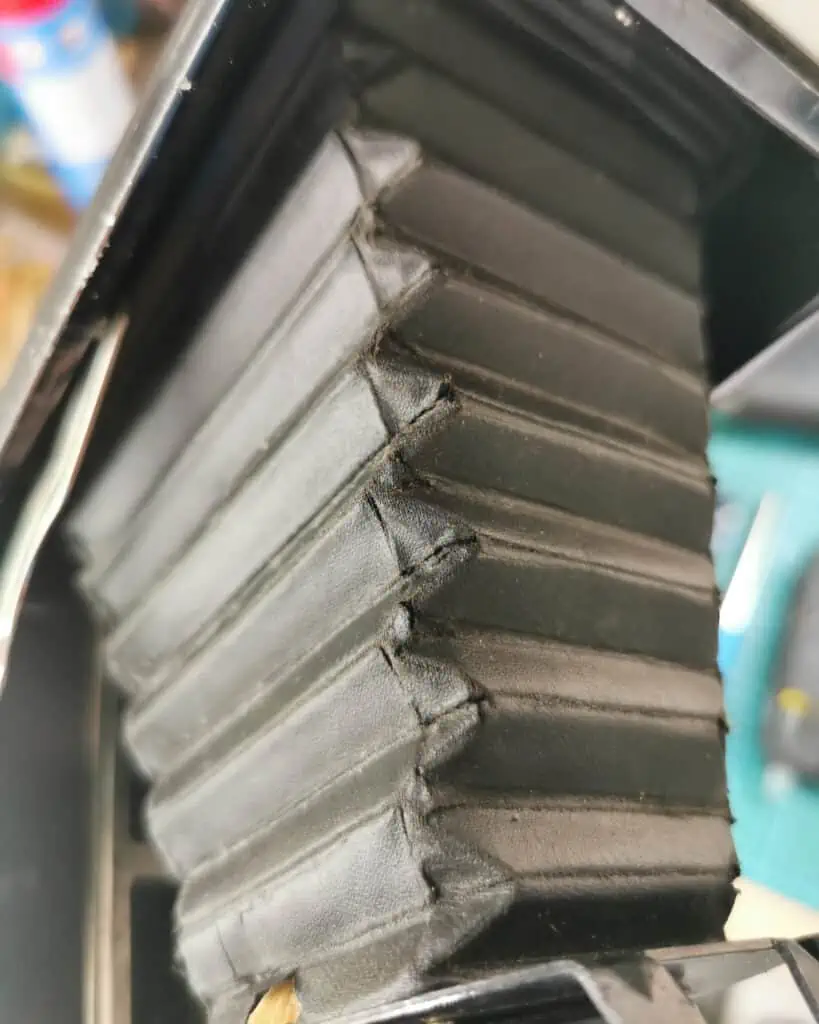
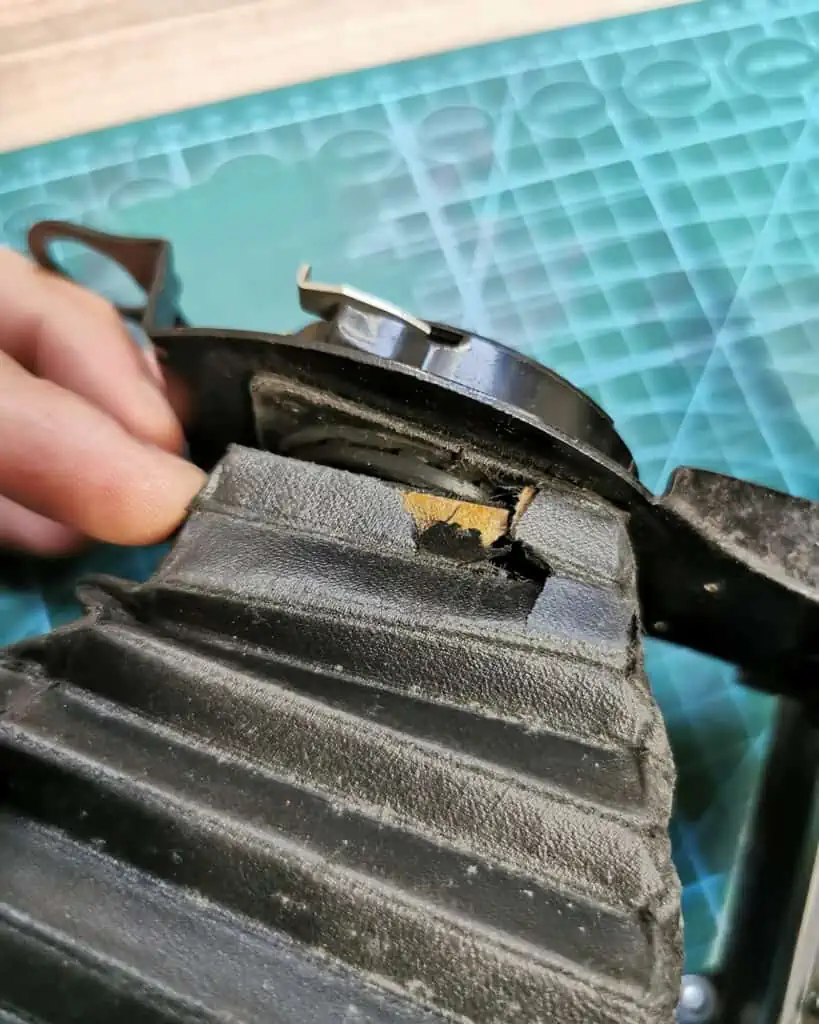
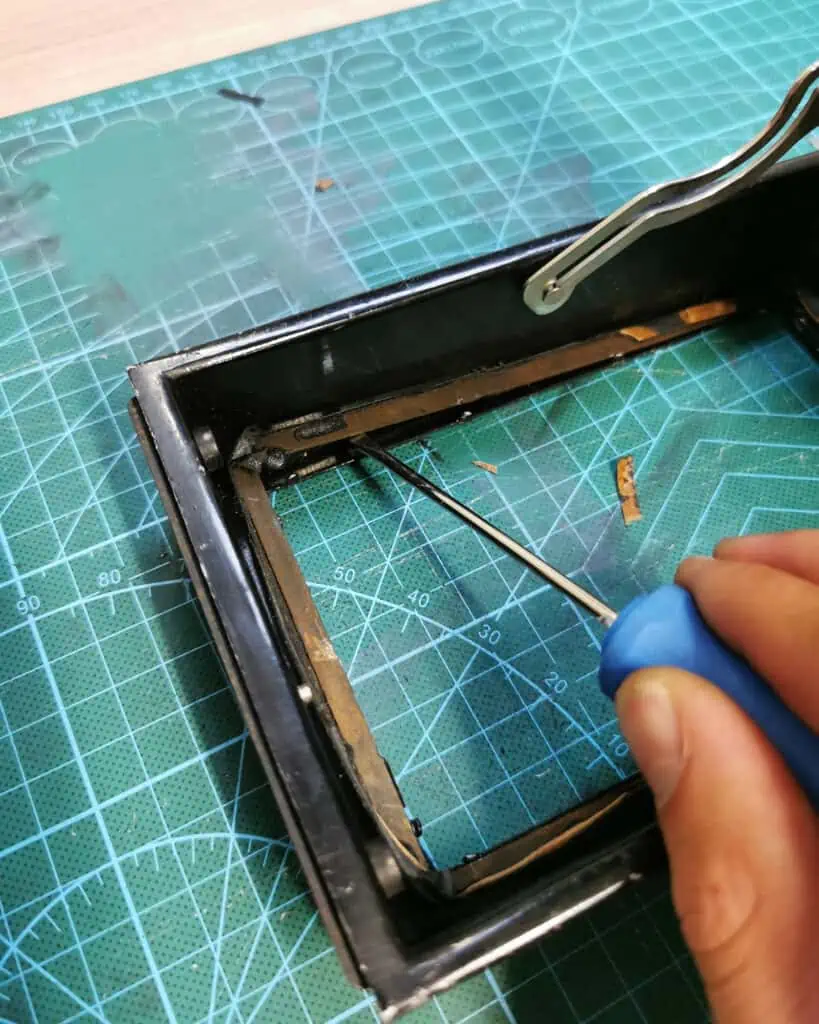
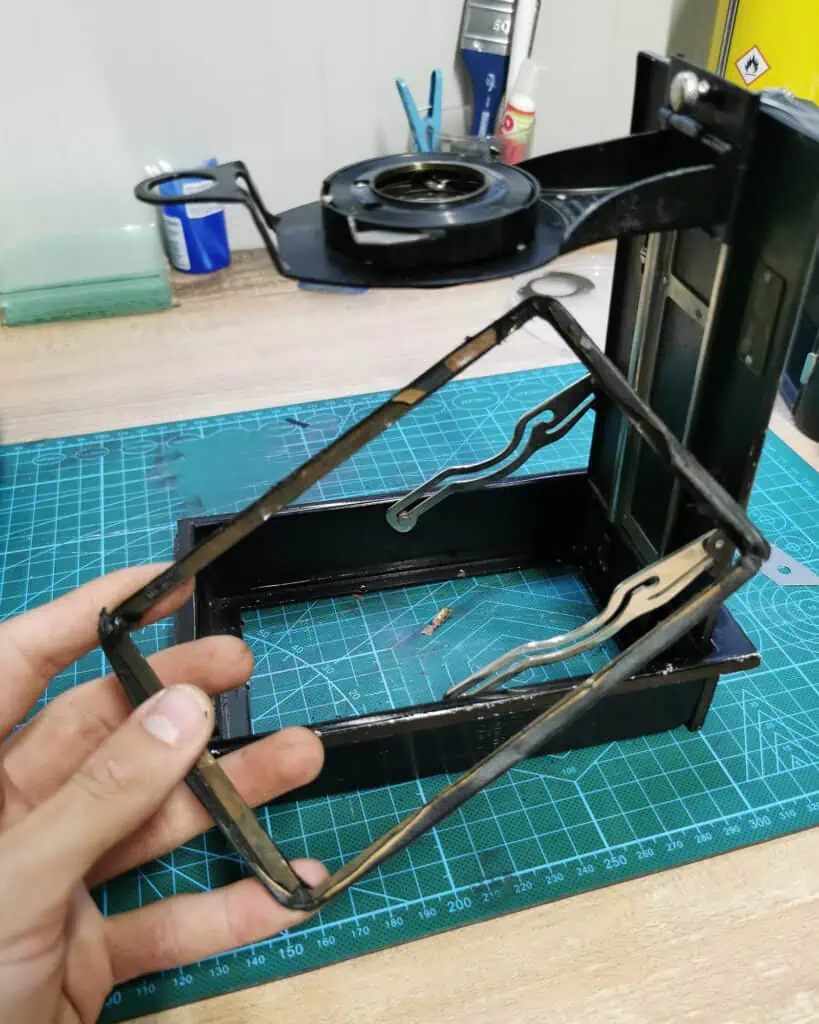
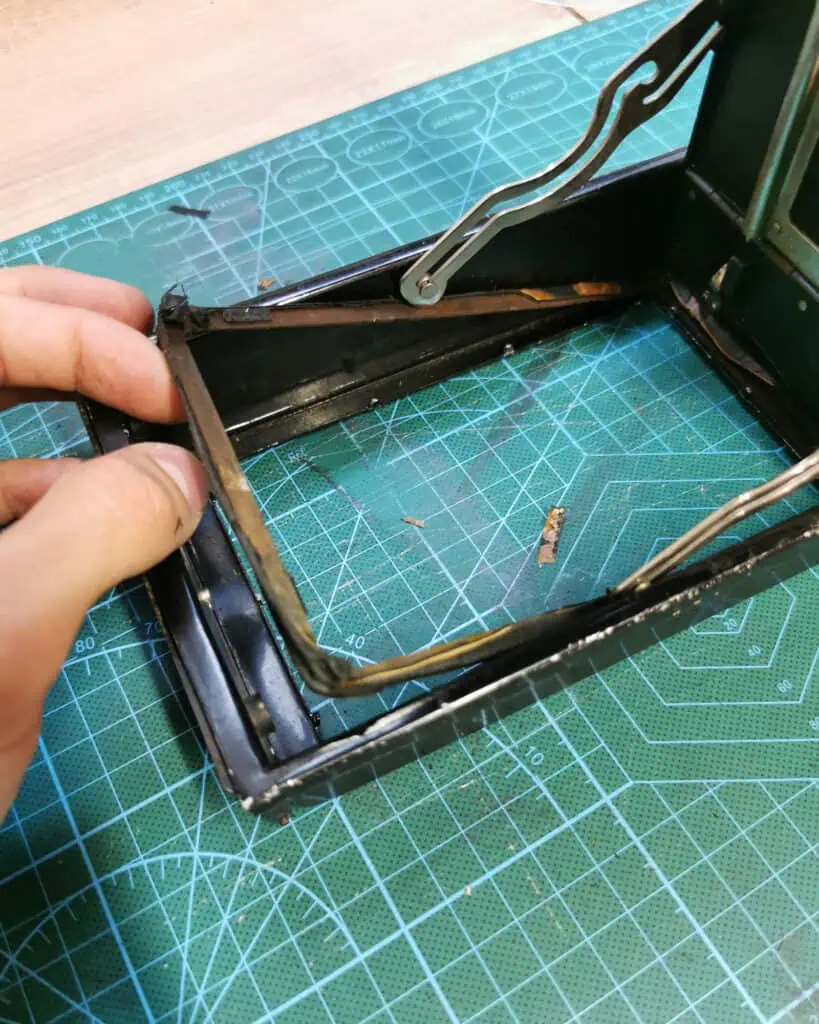
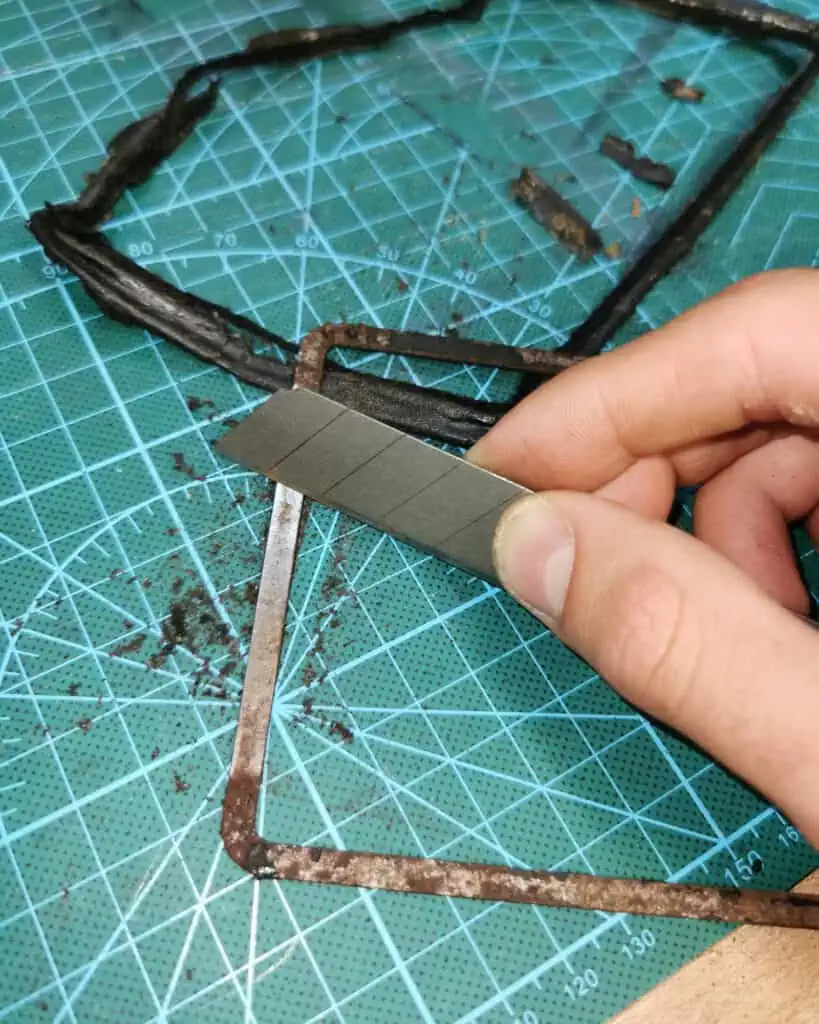
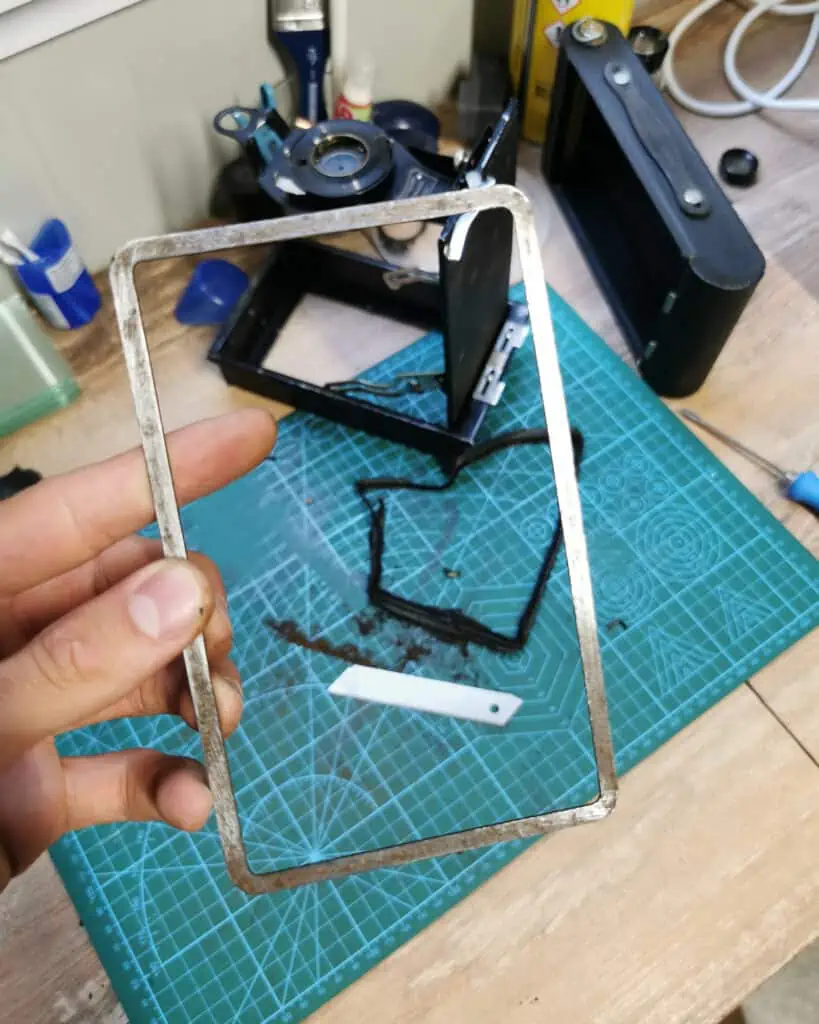
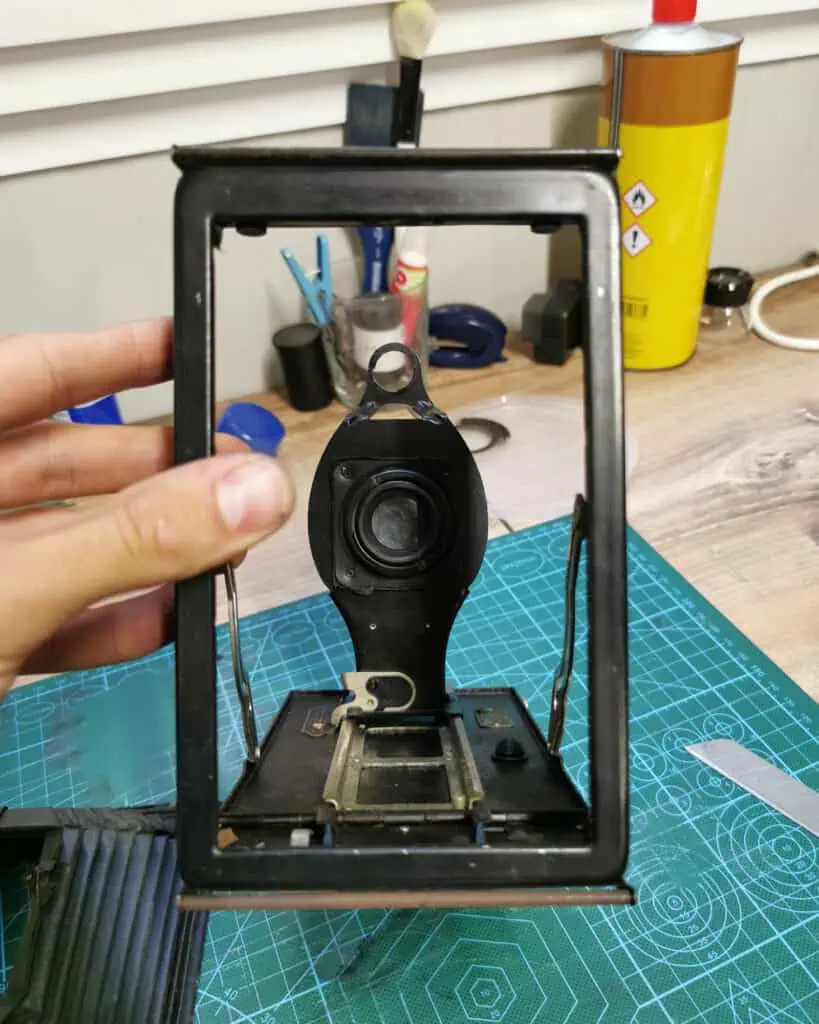
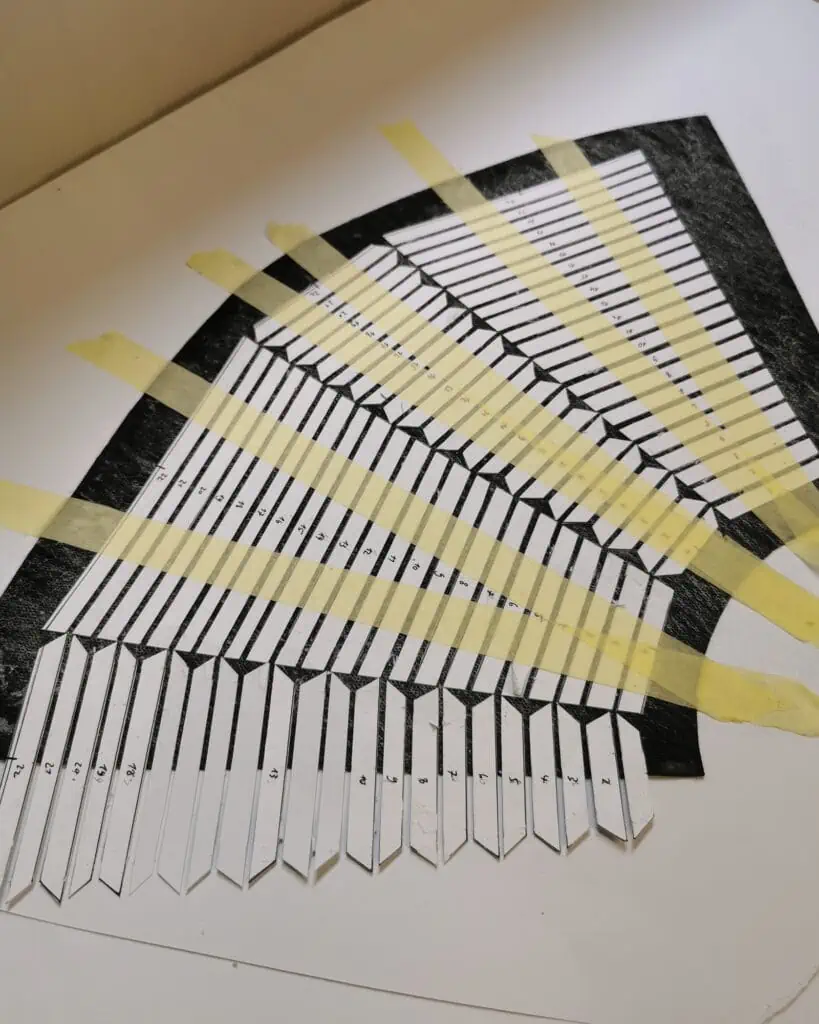
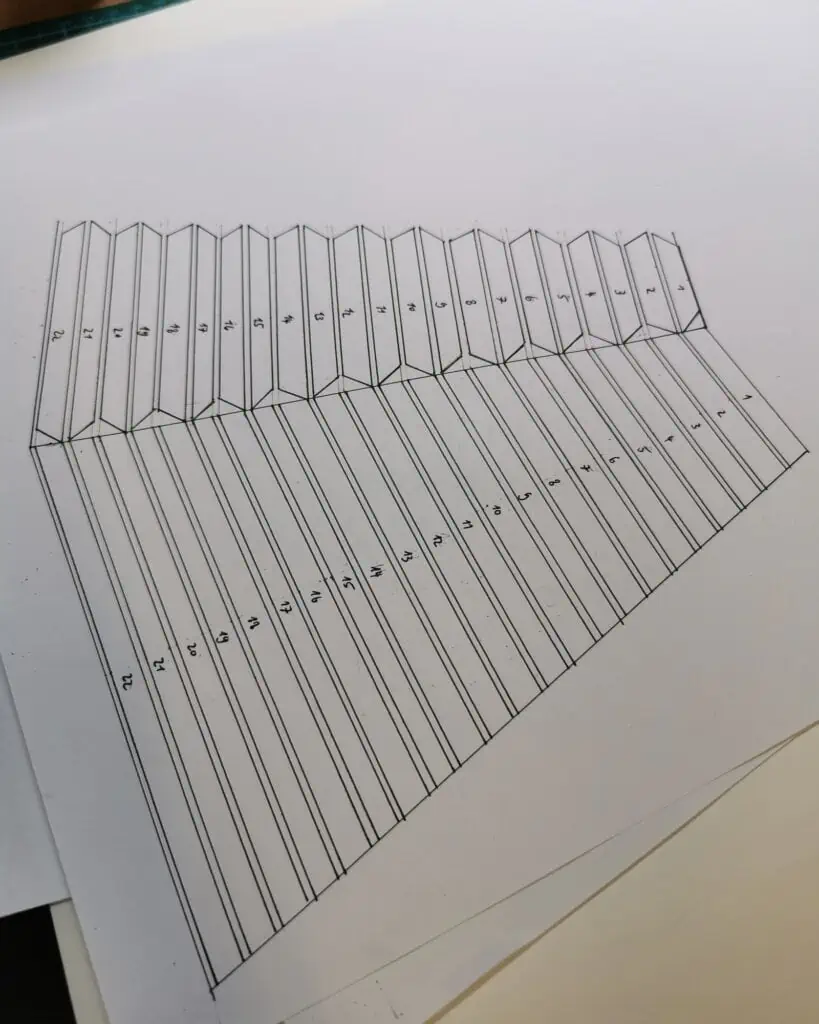
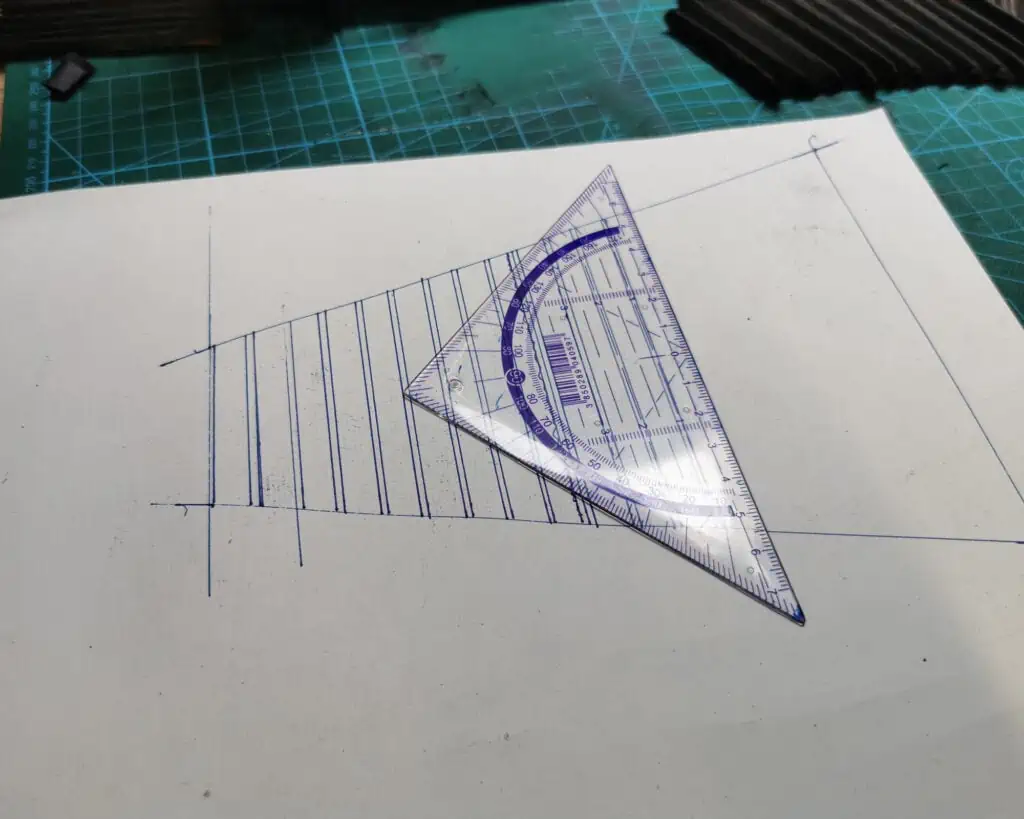
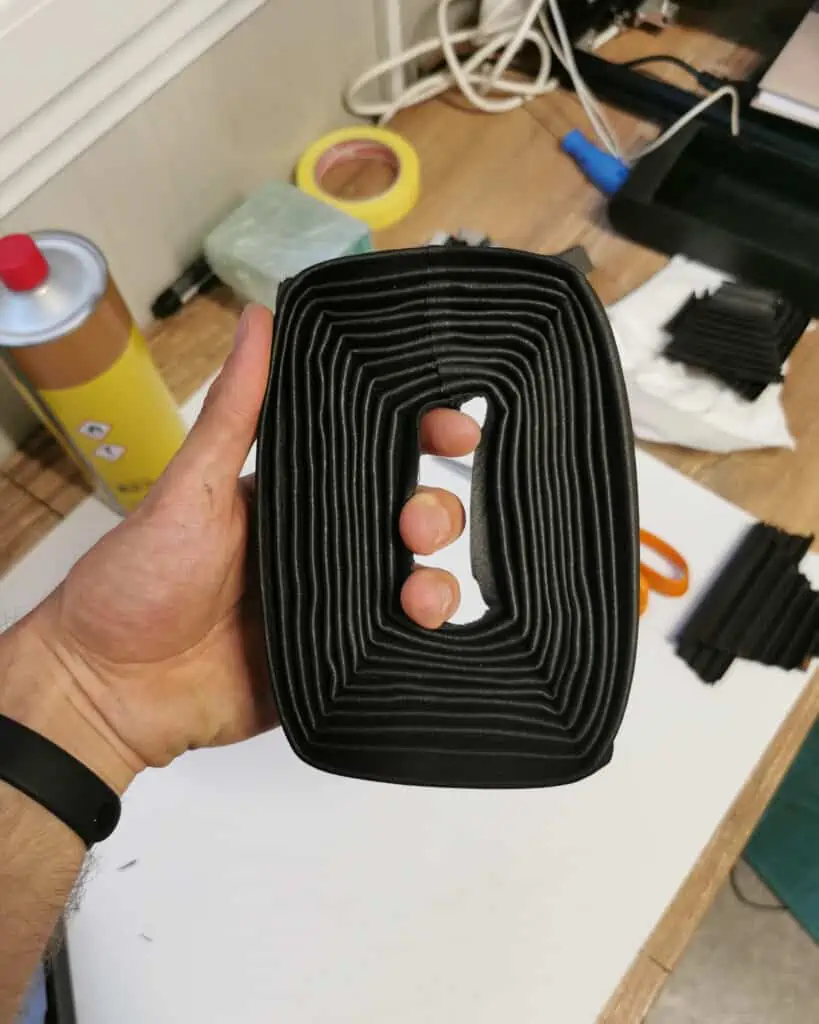
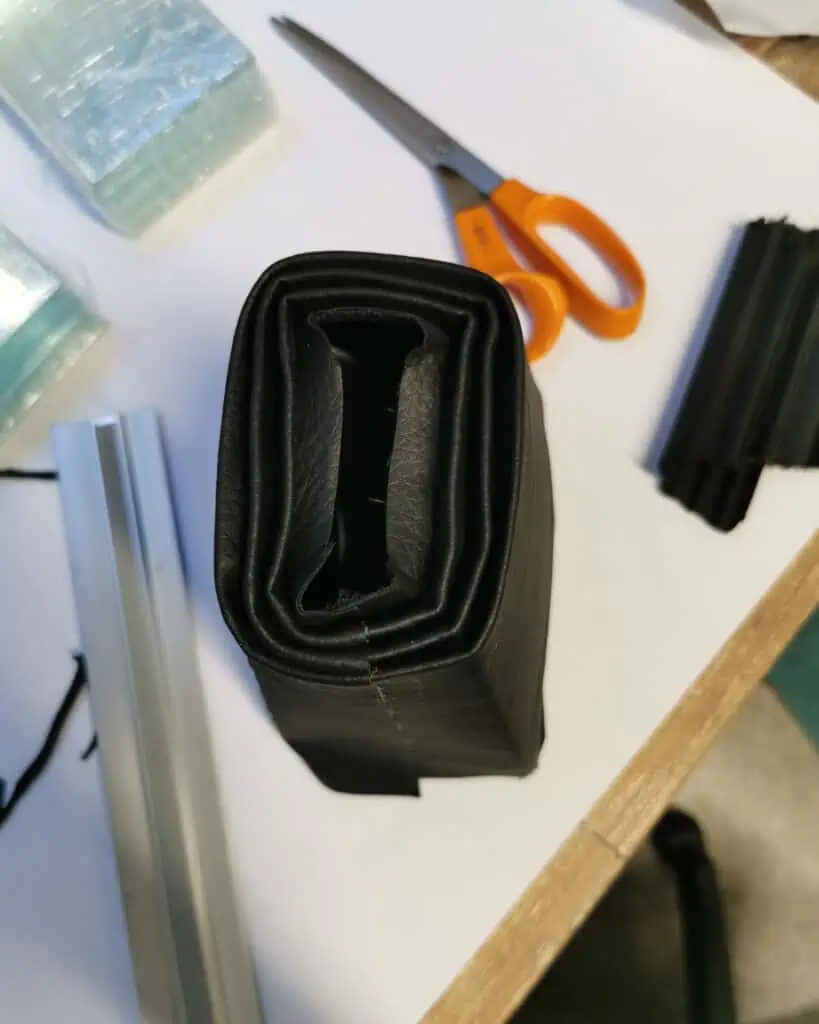
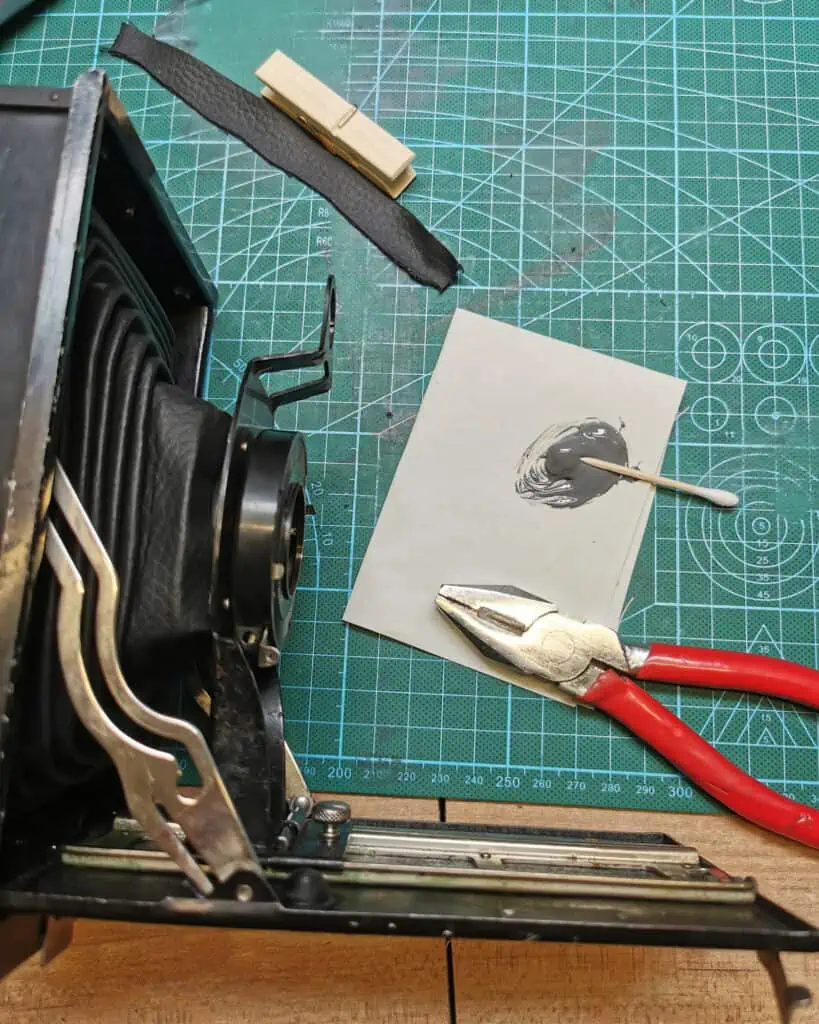
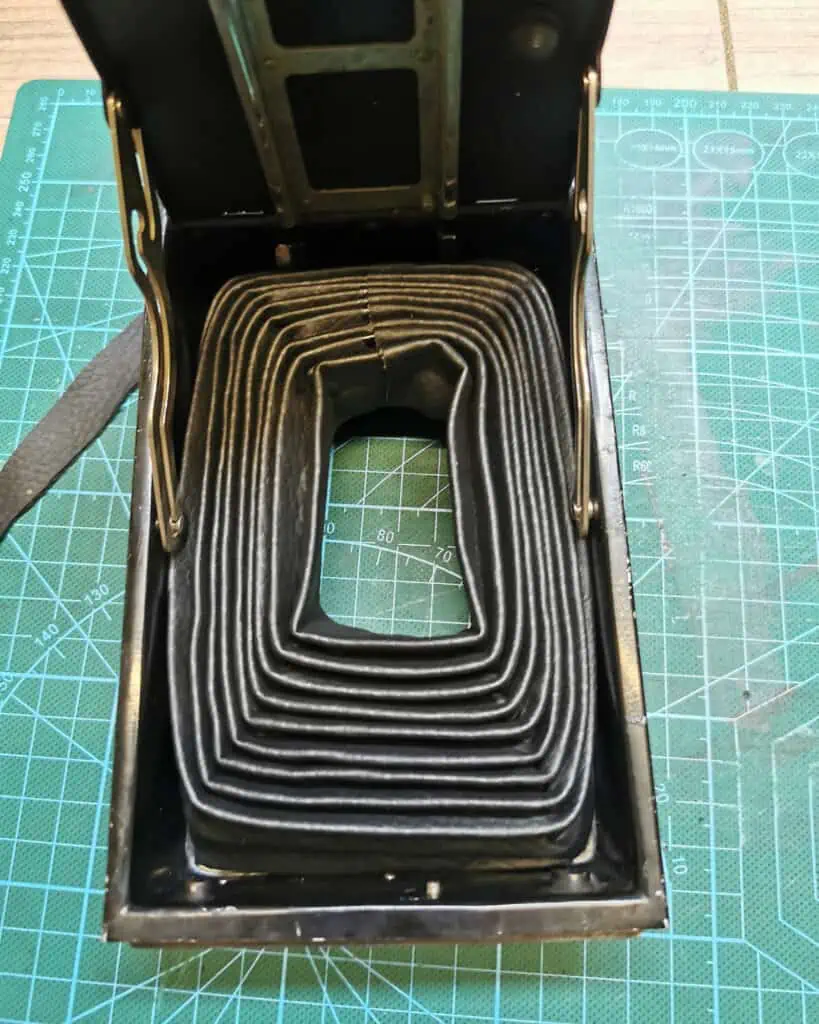
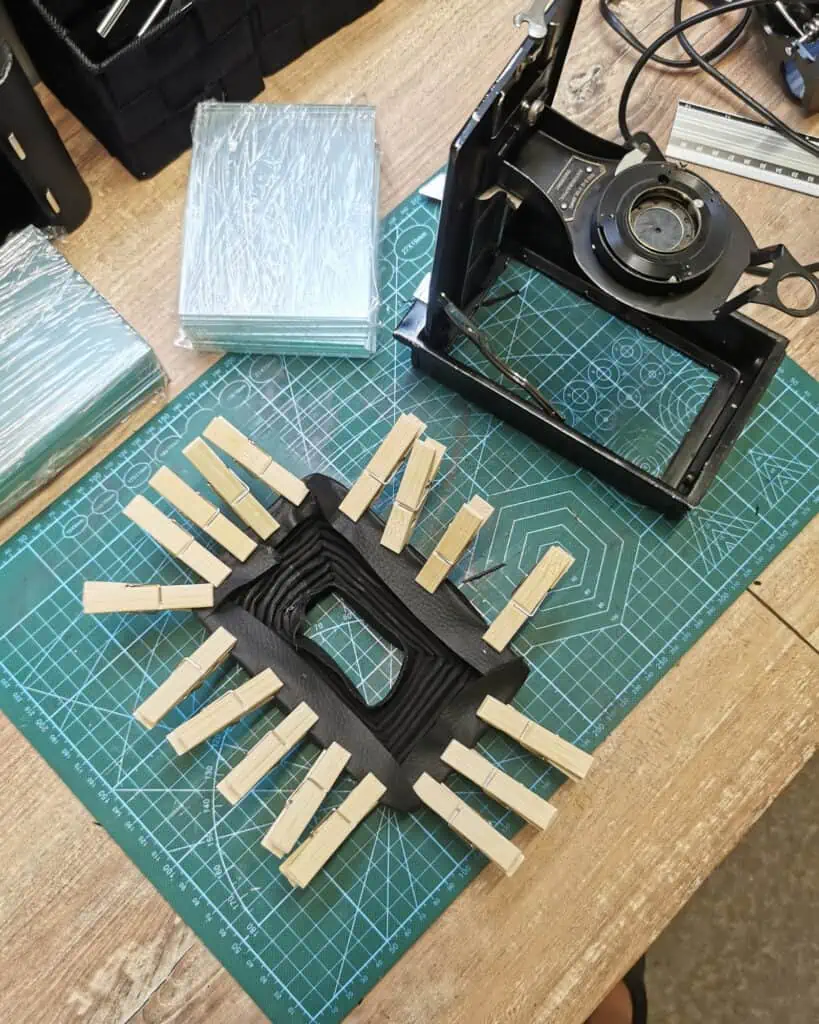
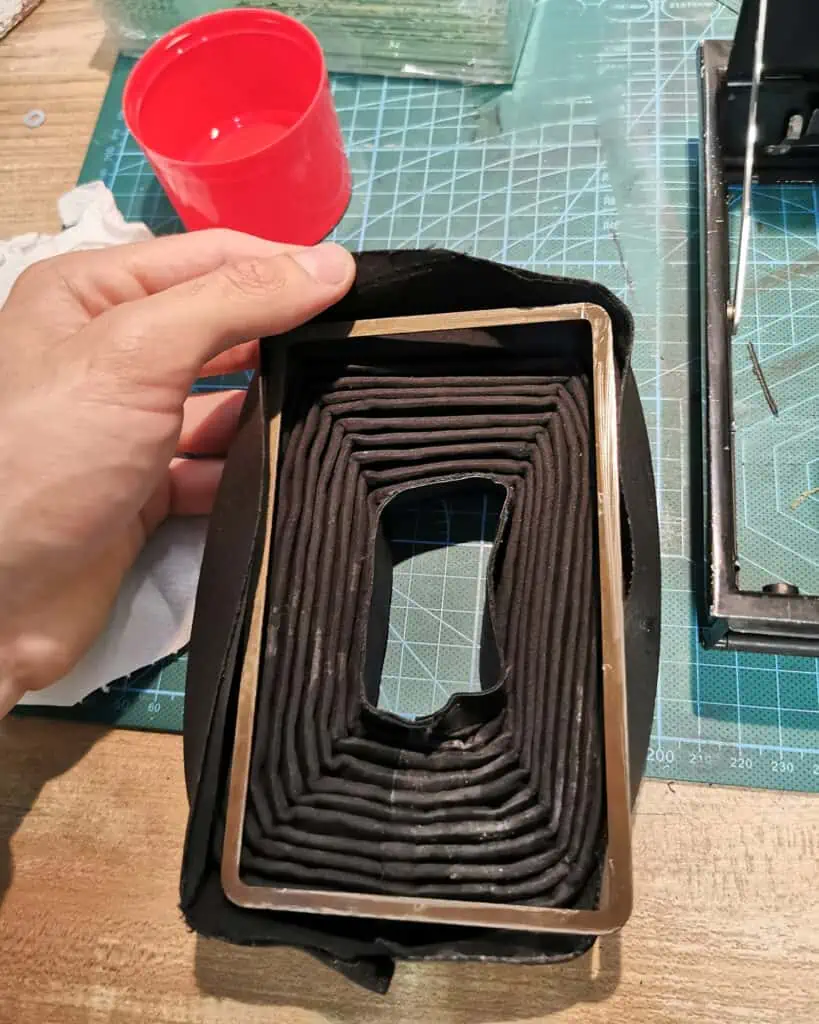
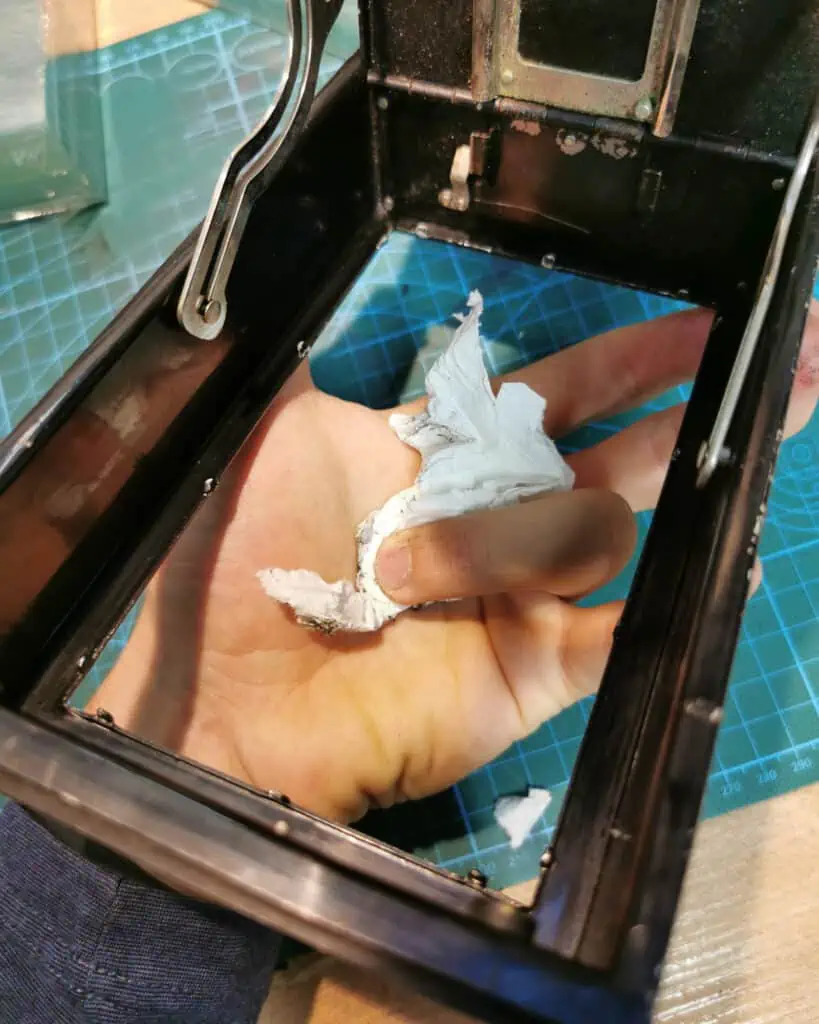
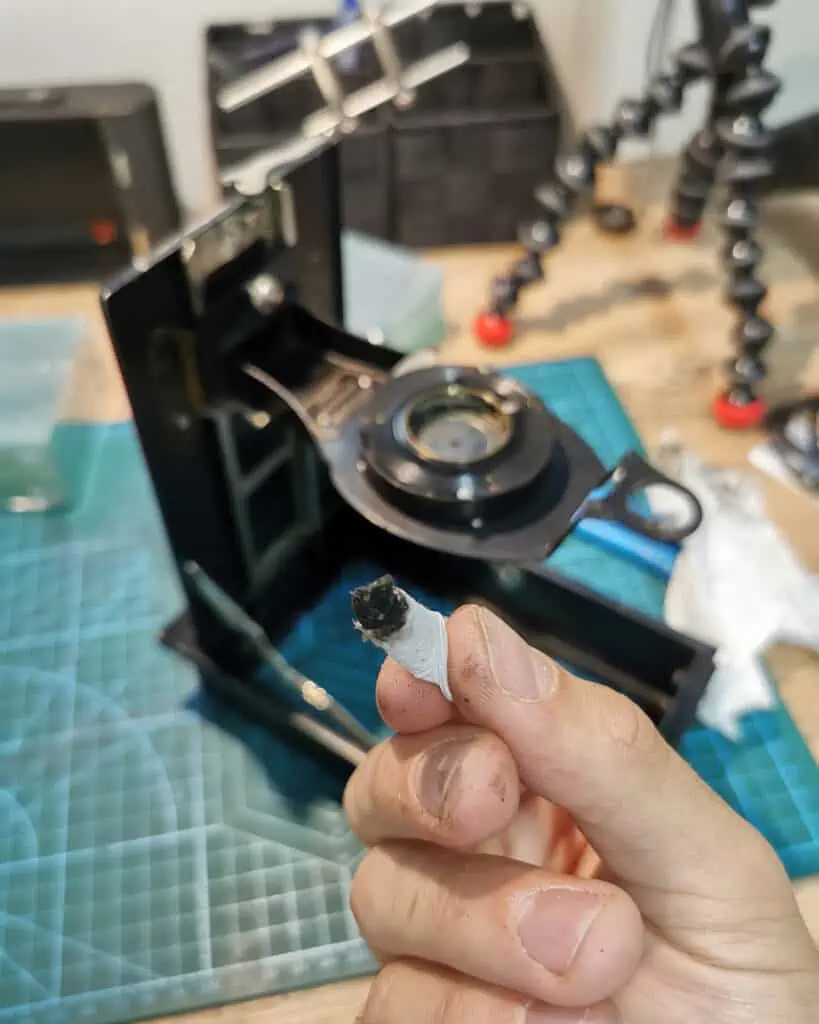
When the camera was clean I was ready to attach the new bellows. In the camera body bellows are attached with a small metal frame. Fabric from the bellows gets wrapped under this frame and then the frame is secured in the channel with metal tabs. Because my bellows were quite thick as I already mentioned it was quite difficult to fit everything together. The hardest part was glueing the front to the lens. Originally the fabric was also wrapped around a flat piece of metal and secured on the lens. Problem was that this metal piece was riveted to the lens and I just couldn take it off. This is why I decided to glue it in place. I did that with the help of epoxy glueing each side of the bellow separately. At the end it bonded great and after screwing all the other parts back together my restored Kodak Brownie No. 3A was ready for first tests.

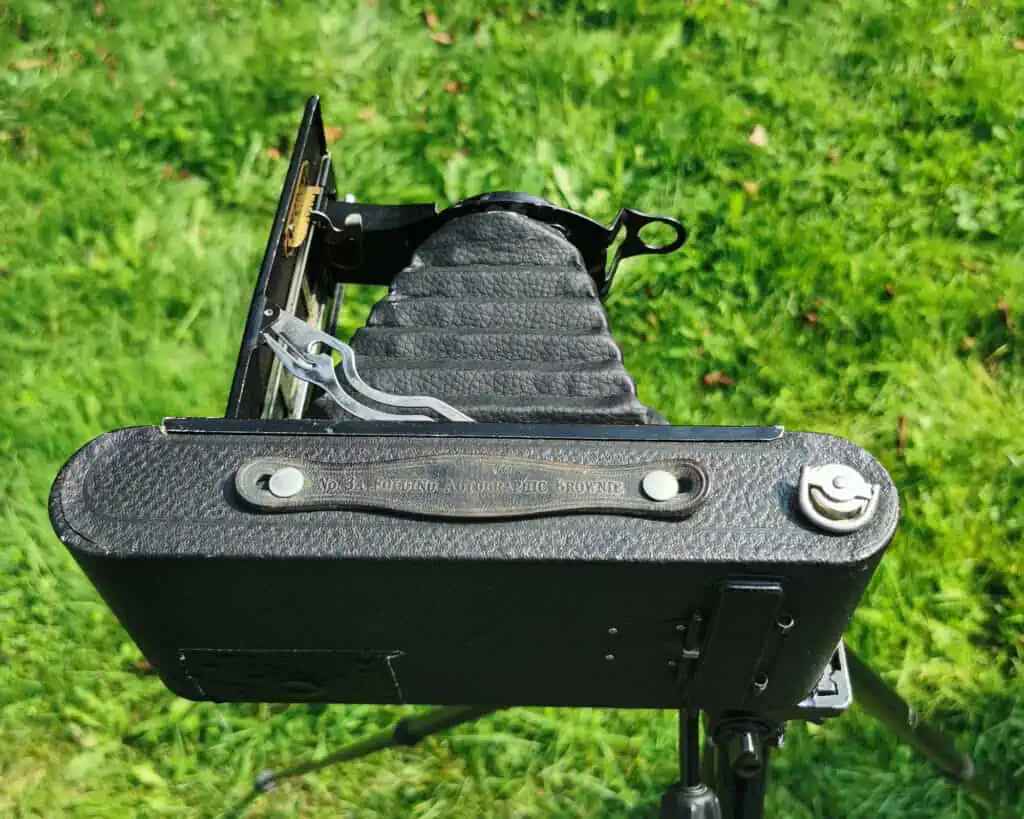
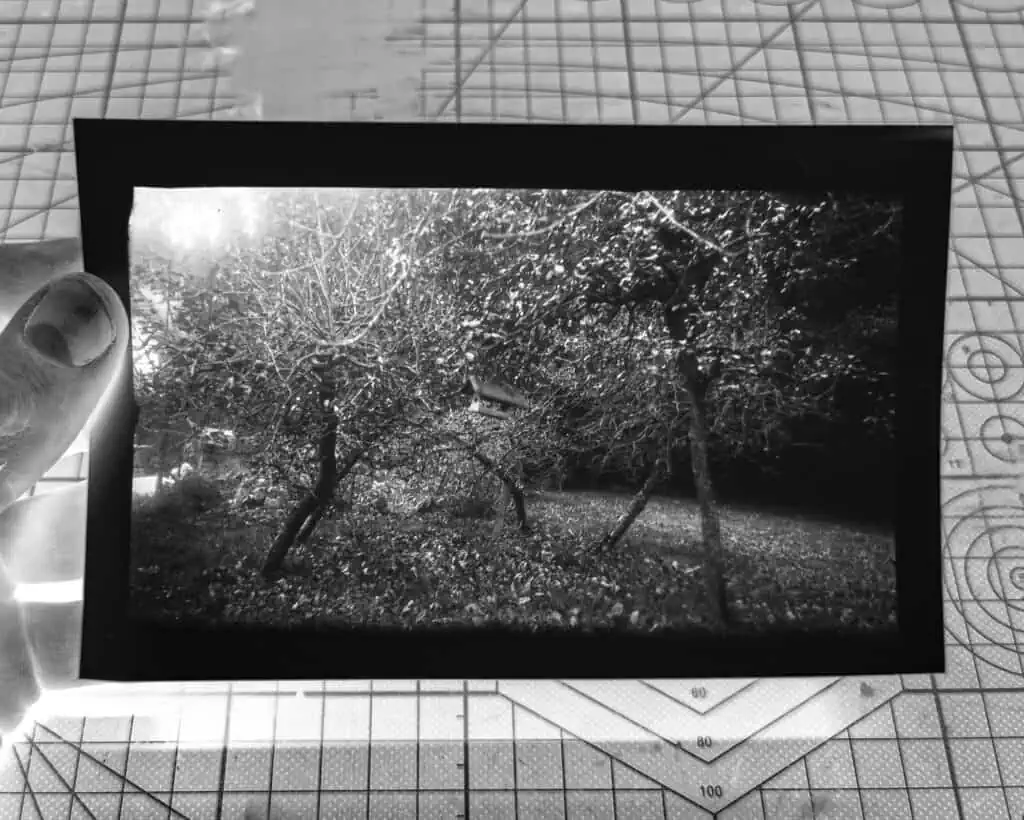
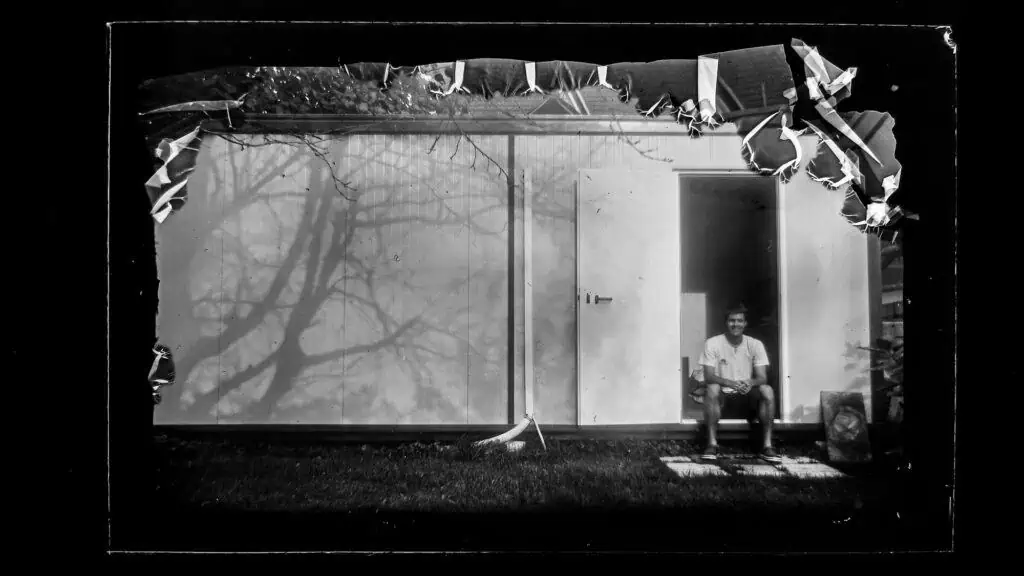
After this restoration of Kodak Brownie No. 3A I would like to say that I learned many new things and I just can’t wait to take this baby out in nature!

